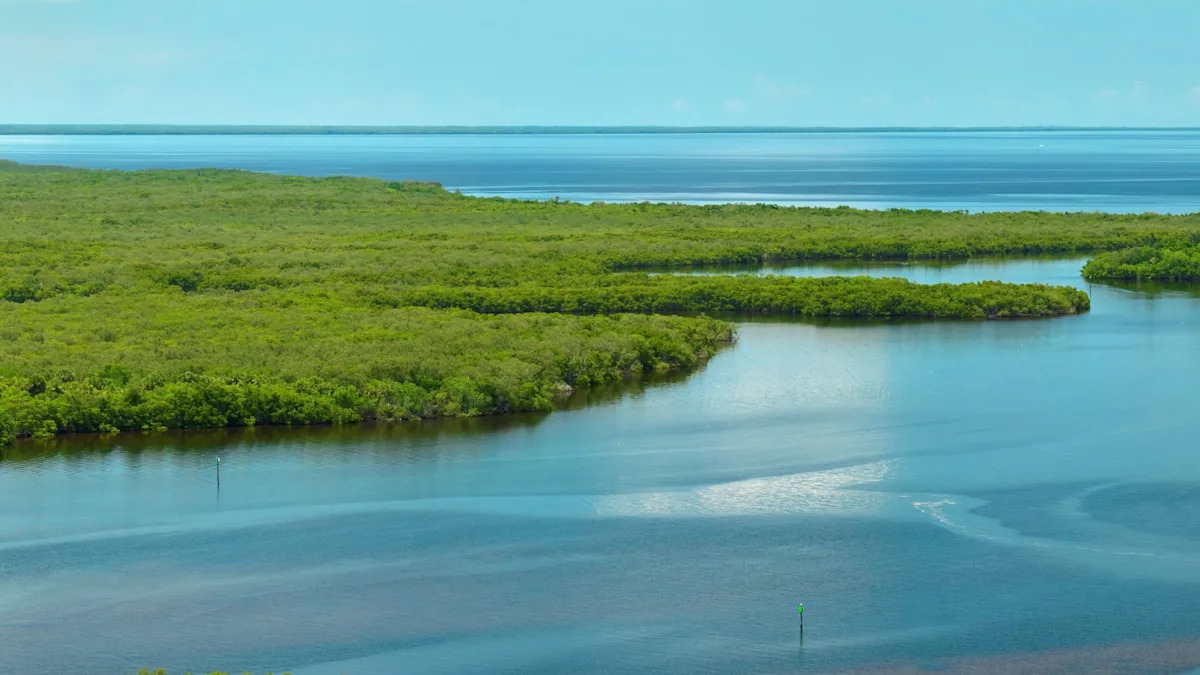Home / Environment / Invasive Swamp Eels Reshape Everglades, Endanger Native Species
Invasive Swamp Eels Reshape Everglades, Endanger Native Species
15 Oct
Summary
- Swamp eels detected in South Florida in early 2000s, now spreading
- Populations of crayfish and small fish dropped 80% due to eel predation
- Prey species crucial for nesting wading birds like ibises and egrets
- Eels can survive droughts, outcompete native predators

As of October 15th, 2025, researchers have confirmed that invasive swamp eels, first detected in South Florida in the early 2000s, are now spreading through the Everglades wetlands and posing a serious threat to the ecosystem. Recent studies led by scientists at Florida International University have revealed that in Taylor Slough, a vital Everglades marsh, populations of crayfish and small fish have dropped by a staggering 80% due to predation from these snake-like fish.
These prey species are crucial for nesting wading birds like ibises and egrets, and their decline is unraveling the delicate food web that Everglades restoration projects have spent decades and billions of dollars trying to preserve. "This is not something that we think is a normal phenomenon," said Nathan Dorn, an FIU aquatic ecologist. "It's a really novel predator with some novel traits and it's a new sort of loss factor for our fish in the system."
Unlike native fish, swamp eels can survive droughts by burrowing into mud and breathing air, waiting for water levels to return. This resilience, paired with their voracious appetite for small aquatic species, allows them to outcompete native predators and reshape the Everglades in lasting ways. The ripple effects reach far beyond the birds, as healthy wetland ecosystems are crucial for protecting South Florida's water supply, filtering pollution, and buffering communities from flooding.




